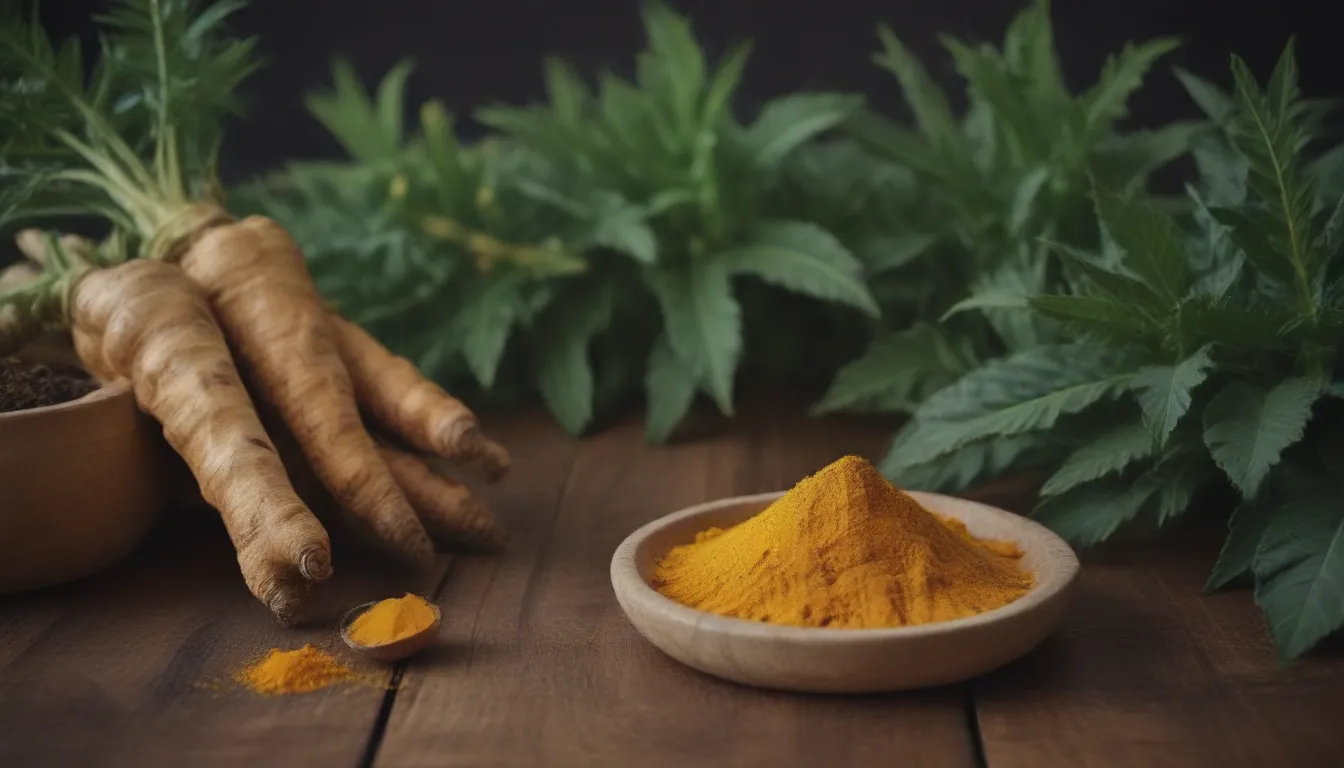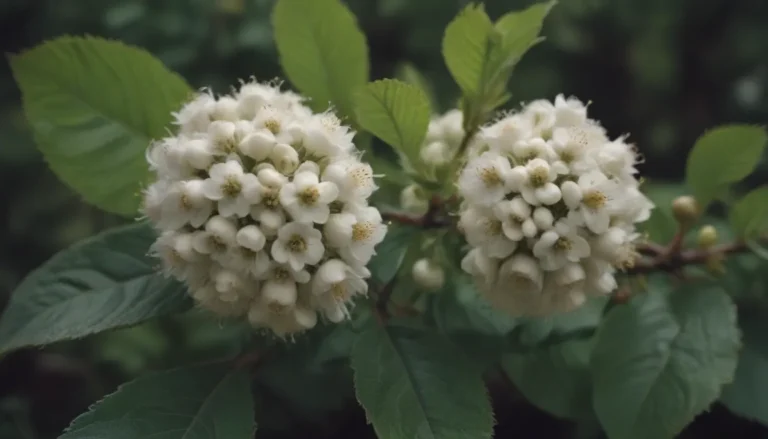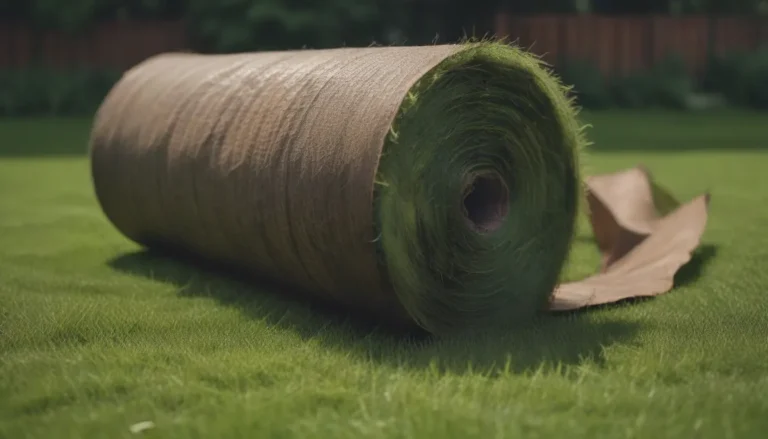The Ultimate Guide to Growing and Caring for Turmeric

Are you interested in trying your hand at growing turmeric? Whether you’re a seasoned gardener looking to expand your plant collection or a beginner eager to learn, this guide has got you covered. Turmeric, a tropical perennial plant, is not only a delicious addition to your culinary creations but also a beautiful foliage plant that can brighten up your garden. In this comprehensive guide, we’ll walk you through everything you need to know to successfully grow and care for turmeric.
What is Turmeric?
Before we dive into the nitty-gritty of growing turmeric, let’s first understand what this plant is all about. Turmeric is a tropical plant known for its deep orange-yellow rhizomes. These rhizomes, often referred to as turmeric roots, are used fresh or dried and ground as a spice. Turmeric is part of the same plant family as ginger, and its canna-like flowers add an extra touch of beauty to your garden. While turmeric is primarily grown for culinary purposes, its vibrant foliage makes it an attractive plant to have in your outdoor space.
How to Plant Turmeric
When to Plant
The timing of when to plant turmeric depends on your location. If you live in a climate with 10 months of warm weather, you can plant turmeric outdoors. Make sure the soil temperature is consistently 55 degrees F or higher, with air temperatures around 70 degrees F. If your climate doesn’t meet these requirements, consider starting turmeric indoors.
Selecting a Planting Site
Choose a planting site that receives full sun or partial shade with well-draining, loamy soil. In southern regions, opt for a spot that gets morning sun and some afternoon shade for optimal growth.
Spacing, Depth, and Support
Before planting, soak dry and shriveled rhizomes in tepid water for 24 hours. Cut large rhizomes into pieces with at least two to three buds each. Plant the pieces about 2 inches deep with the buds facing up, spacing them 3 to 4 feet apart.
Turmeric Care
Light
Turmeric thrives in full sun in cooler northern locations. In southern climates, partial sun is ideal, especially during hot afternoons.
Soil
Turmeric prefers rich soil. Enhance the soil with compost and/or manure for optimal growth. Ensure the soil drains well to prevent waterlogging.
Water
Adjust your watering regimen based on the plant’s growth stage. Water turmeric moderately after planting and until the rhizomes sprout. Once the plant is established, water regularly to keep the soil moist but not waterlogged.
Fertilizer
Feed your turmeric plant with a balanced, water-soluble fertilizer like 10-10-10 once a month during the growing season. Follow the product label instructions for the correct dosage.
Harvesting Turmeric
In the fall or early winter, dig out some of the rhizomes after the foliage begins to yellow and fade. Leave a portion of each rhizome in the ground for regrowth the following spring. Fresh turmeric can be stored in a plastic bag in the refrigerator for a few weeks or frozen for longer shelf life.
Growing Turmeric in Pots
Growing turmeric in pots is ideal for regions below zone 8. Potted turmeric can be moved indoors during the winter and outdoors during the summer, providing flexibility in managing its growth.
Pruning and Propagating Turmeric
Keep an eye out for yellowing leaves, as this may signal the need for more water. Prune brown leaves with clean cutting tools. Turmeric can be easily propagated by division while the plant is dormant.
Potting and Repotting Turmeric
Refresh your turmeric plant by repotting it every year or two. Repot at the end of the dormancy period in late winter, keeping the plant at the same depth in fresh potting mix.
Overwintering Turmeric
In regions where turmeric cannot survive the winter outdoors, move potted plants indoors. Store rhizomes in a cool, dry location with slightly moist storage medium. Water sparingly and keep the plant in a cool area until spring.
Common Pests and Plant Diseases
While turmeric is relatively resistant to pests and diseases, monitor for spider mites, slugs, and soil-borne diseases like rot. Organic turmeric sourced from local farms is ideal for growing your own plants.
Growing turmeric at home is a rewarding experience that allows you to enjoy the fresh flavors and vibrant colors of this tropical plant. With the right care and attention, you can successfully grow turmeric in your garden or even in pots indoors. Embrace the beauty and culinary potential of turmeric as you embark on your gardening journey!
Citations:
- Growing Turmeric and Ginger Indoors. The University of Vermont.





